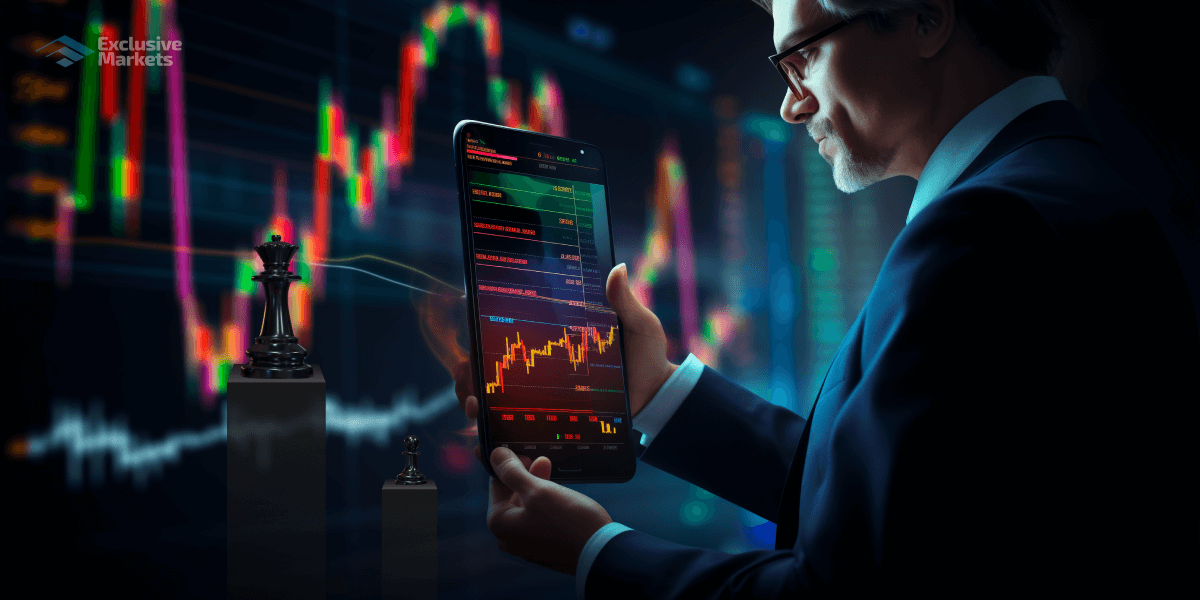
Forex trading has become a popular endeavor for many individuals seeking financial freedom and independence. One of the best ways to start your trading journey is through demo trading forex Trading Broker KW, which offers a demo trading feature that simulates real market conditions without any financial risk. In this article, we will delve deep into the world of demo trading in forex, highlighting its significance, advantages, and strategies for effective trading.
What is Demo Trading?
Demo trading refers to the practice of trading in a simulated environment using virtual money. It allows traders to experience the dynamics of the forex market without the fear of losing real money. Most trading platforms provide demo accounts that mirror the features of their live accounts, including access to real-time market data, tools, and analysis resources.
The Importance of Demo Trading
Before diving into live trading, demo accounts serve as an invaluable tool for both novice and experienced traders. Understanding market movements, testing trading strategies, and becoming familiar with trading platforms are essential steps toward becoming a proficient trader. Using demo accounts allows traders to hone their skills, assess their emotional responses to trading scenarios, and develop competencies necessary for success in live trading.
Benefits of Demo Trading
1. Risk-Free Environment
The most significant advantage of demo trading is the ability to operate in a risk-free environment. As traders use virtual cash, they can experiment with diverse strategies, techniques, and tools. This experience builds their confidence, allowing them to make informed decisions once they shift to live trading.
2. Learning and Skill Development
As mentioned earlier, demo trading is an excellent opportunity for education and self-improvement. It allows traders to learn about different types of analysis, such as fundamental and technical analysis, and understand the art of reading charts. Familiarity with various indicators and market trends will enhance a trader’s ability to make strategic decisions.
3. Testing Strategies
Every trader has unique strategies that they believe can create success. Demo trading is the ideal platform to test these strategies without suffering financial losses. Traders can simulate various market conditions and assess how their strategies perform under different circumstances. This testing phase develops a deeper understanding of the strategies, ultimately leading to better performance during live trading.
4. Understanding Trading Platforms
Demo accounts provide traders a hands-on experience with the trading platform. Each broker has a unique platform, featuring varying tools and resources. Familiarizing oneself with the platform’s features, order types, and charting tools can significantly improve a trader’s efficiency and effectiveness when they transition to real trading.

5. Emotional Control
Trading often evokes a wide range of emotions, including excitement, fear, and anxiety. Demo trading allows individuals to experience these emotions without the stakes of real financial loss. Understanding one’s emotional responses during trading can develop lasting psychological control that will aid in managing emotions when trading with real capital.
Best Practices for Demo Trading
While demo trading allows for practice without financial consequences, it’s crucial to approach it as seriously as one would in a live trading environment. Here are some best practices to ensure productive demo trading:
1. Treat it Like Live Trading
Many traders tend to adopt a careless attitude toward demo accounts since they are using virtual money. To maximize the benefits of demo trading, treat it as if it were a live trading account. Adhere to your trading plan, follow risk management rules, and maintain the discipline that you would in a live setting.
2. Set Realistic Goals
Establish clear and achievable goals for your demo trading experience. Whether it’s perfecting a strategy, improving your win rate, or learning to manage your emotions, having specific objectives can help you measure your progress and steer your learning process.
3. Evaluate Performance
After a trading session, take the time to analyze your trades. Review what worked, what didn’t, and why. Keeping a trading journal can be incredibly helpful in tracking your thought processes, strategies employed, and outcomes achieved. This reflection will allow you to identify areas of improvement.
4. Gradual Transition to Live Trading
Once you feel confident and skilled, transition to a live trading account gradually. Start with smaller amounts to minimize risk, allowing you to adjust to the psychological aspects of trading with real money. The initial experiences in live trading can differ from demonstration due to the fear of losing real capital; understanding this difference is vital for future success.
Conclusion
Demo trading is an essential part of the forex trading journey. It equips traders with the necessary skills and knowledge to navigate the complexities of the forex market confidently. By embracing this risk-free trading option, traders can build a solid foundation for their future endeavors. Whether you are a novice looking to start or an experienced trader wishing to refine your strategies, leveraging demo accounts will pay dividends in your trading proficiency.

